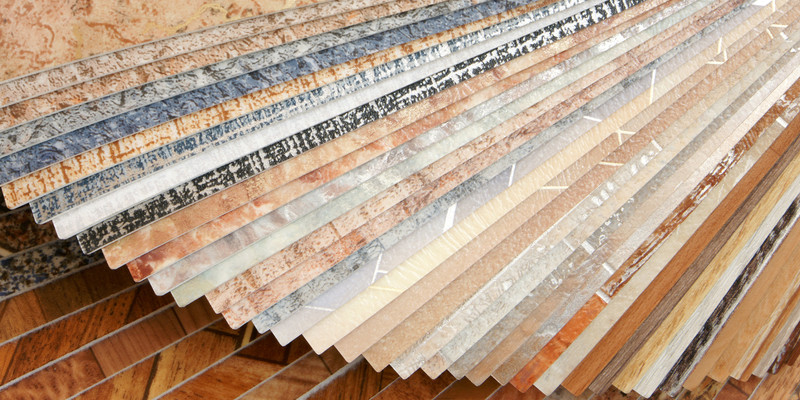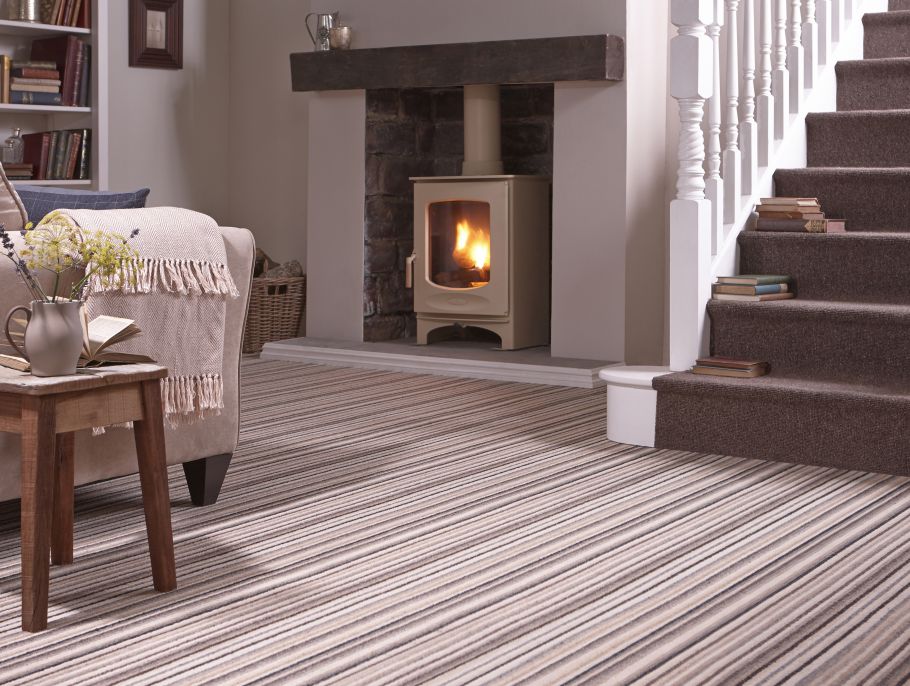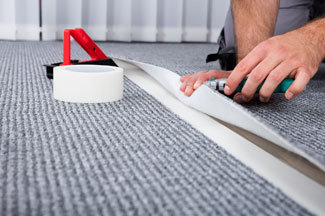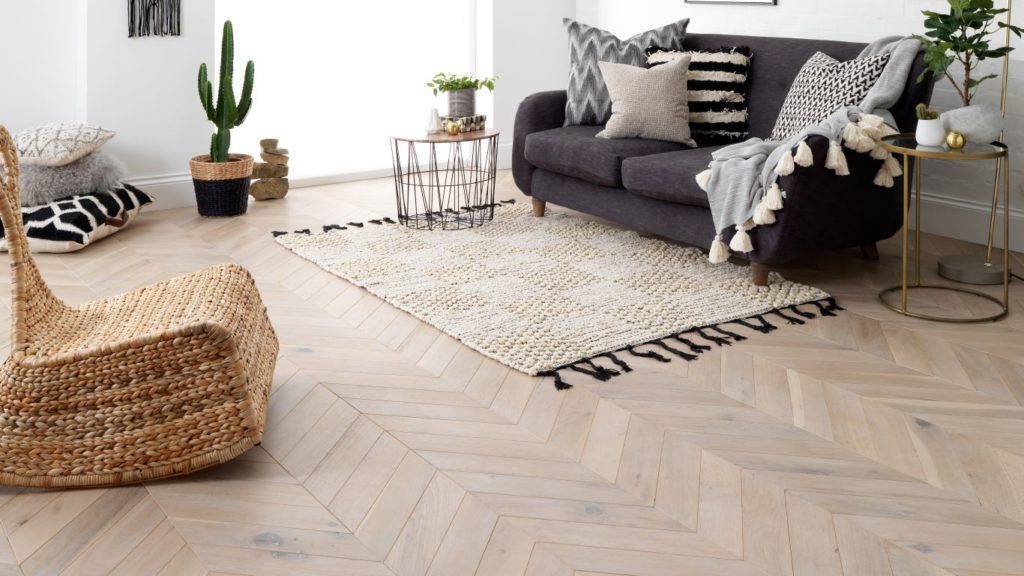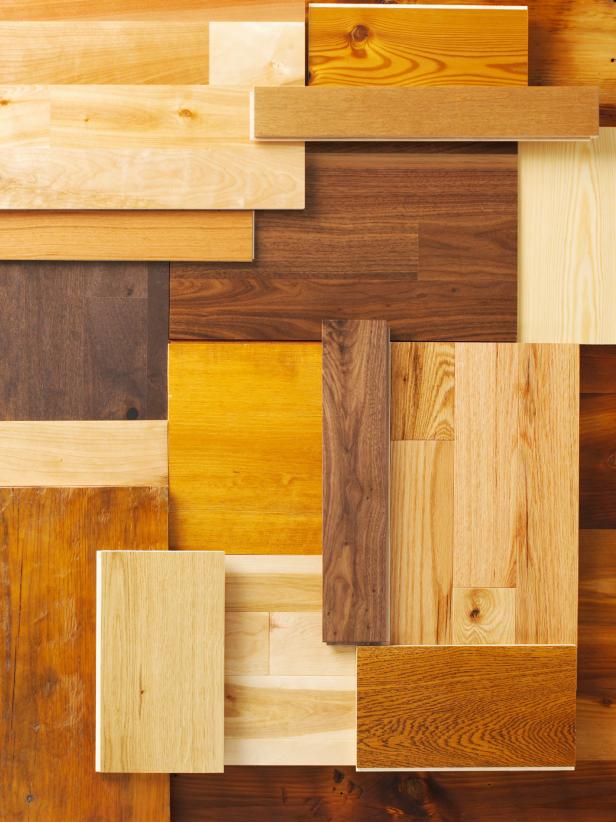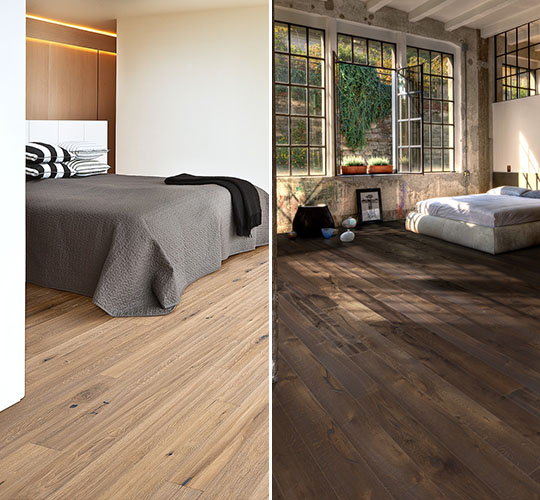Health Benefits Of Carpet Cleaning
When it is Time to Replace Carpet – The Warning Signs
You may have just moved into a new house or apartment or have lived in your home for many years. We walk on our carpets everyday and do not give them a second thought, but when your carpet is starting to look worn or, worse, smell old and musty, do you replace it? There are some carpets that are made to last for only a few years and others that can last for 20 or 30, but sooner or later you will come to the day when your carpet is destined for the trash and it will need to be replaced.
So how do you know when it is time to replace carpet?
Here are a few ways you can determine whether or not your old carpet is still worth keeping and will revive with a professional carpet cleaning or if it is time to start thinking about purchasing a new carpet.
Is your carpet compressed or matted down?
It happens to the best of them! Carpets, especially in a hallway or on a well-traveled stairway are notorious for matting down from wear and tear. A Polyester carpet that is compressed or showing a trail of matted carpet fibers has little chance of resurgence – they are not very resilient. Once the carpet’s tuft lays down it will never return to its original standing position. If this happens and you have tried having your carpet cleaned professionally and it still does not bounce back (or up ) it is time to rip out and replace!
A popular type of carpet is looped Berber carpet made from Olefin. Berber rugs are quite resilient but after many years, if their once upright loops, now lay flat, or if the olefin fibers are stained, it is a possibility that it is time to retire it. If your Berber carpet is made from olefin and is over 5 years old, is matted down and, stained and dingy, then it may be time to think about replacing your carpet.
Berber rugs made from strands of nylon are much better at resisting matting, are more importantly, stain resistant. This increases their lifespan. If your Nylon Berber carpet is less than 10 years old, then more than likely a professional cleaning can quite easily rejuvenate your old carpet.
BUT, there is better news for owners of Nylon carpets, if they appear the matted, your problem may just be remedied with a professional cleaning. A nylon carpet is known to be one of the most resilient fibers and it’s ability to regain some of its “like-new” looks after a thorough cleaning, is encouraging.
Is your carpet permanently stained?
Stains happen to the best of us – no matter how careful you can be, there will always be a time when something falls or gets dragged in on your feet. Even open windows can slowly let in dust, pollen, dirt and other particles that, over time, can stain a carpet. There is no carpet that’s stain proof. All carpets you find in the stores today have some type of anti-stain treatment applied to it’s fibers or infused within them.
Padding worn out or compressed?
Carpet Padding is an unseen hero – always keeping your feet cushioned, protecting the floor below from the abrasive underside of the carpet, extending the overall life of your carpet. But, when it fails to provide enough support, or worse, begins to crumble (evident from little pieces of foam appearing on your floor) it could be a good time to replace. Most people will never replace a carpet pad until they replace the carpet that is laying on top of it. This makes sense – especially if your carpet is wall-to-wall carpeting. But if you have an area rug and are noticing the lack of cushioning, then it is highly advisable to replace it – an easy homeowner fix! If you are replacing a carpet and are also purchasing the carpet padding, make sure to get a good quality pad that provides sufficient support and has a lifespan that is equal to the carpeting you select.

How Long Should A Carpet Last In Your Home?
Properly fitted carpets can actually help save energy as they play an important part in the insulation of your home. A good quality carpet feels soft and easy on your feet. And carpets absorb sound.
New technologies allow old carpets to be recycled – eliminating the need for acquiring raw materials. Upfront costs and installation may be more expensive than hard floors, but this expenditure is cost-effective over the carpet lifetime.
How long should a carpet last in your home? Read on…
Carpet Lifespan Facts
There are many factors that can affect the lifespan of your household carpets. These include your location, household numbers, if you have pets, and how your property is used.
The carpet lifespan in an average household of two to four occupants is normally about three to five years. This number may be lowered for families with pets and children. And increased with proper carpet care and maintenance. How long should carpet last in a home? A well-maintained carpet can last for up to 15 years.

Signs of Aging
An old carpet will start to show signs of wear and tear – starting with it not being comfortable as you walk on it due to deteriorating padding underneath. Replacing old carpet should be considered when even with the greatest care your carpet is showing the following signs:
- A flat or matted pile – polyester fibres are particularly prone to this – especially in areas of high footfall
- Stretched areas of carpet – ripples and uneven surfaces become potential tripping risks
- Fraying edges – and thinning areas of carpet that won’t respond to any amount of plumping up of fluffing
- Faded fibres – due to exposure to sunlight and constant cleaning your carpet may appear to be changing colour
- Mould and mildew – these problems underneath indicate it’s time for a carpet change
- Stains and odours – carpets trap debris deep inside the fibres making them difficult to clean and refresh when they’re old
- Increased allergy symptoms – your carpet may be the source of your allergies playing up as they retain bacteria and dust particles

Carpet Maintenance
Years can be added to the life of your carpet if you look after it correctly. This includes vacuuming on a daily basis – particularly in high traffic areas like the hallways and living room.
Use rugs and runners to minimise soling and to enhance colour schemes and décor. And avoid using carpet powder products as it’s easy to leave remnants of the powder in the carpet which can result in a sticky covering if dampened.
Stains can be treated in several ways depending on the age of the stain. And what the stain is. See a brief guide below:
- Wax, crayon, gum, and paint – apply a small amount of dry-cleaning solvent
- Beer, blood, chocolate, soft drinks – mix washing up liquid with a cup of lukewarm water
- Urine, vomit, and wine – mix half a tablespoon of ammonia with half a cup of water – or half a cup of white vinegar with a cup of water
Why You Need to Clean Your Rug Regularly Rug
cleaning is paramount for a number of reasons, listed below:
- It helps increase the life of the rug significantly.
- Rugs trap airborne pollutant that have to be removed to protect both the indoor air quality and the rug itself.
- Most rug soils are dry. When you keep your area rug thoroughly vacuumed regularly the majority of dry soils are removed. Hence, the rug is maintained much easier.
- Rug cleaning removes stains and spots, which can attract more soiling, like any other soils.
- Most soiling of area rugs can lead to the buildup of unhealthy bacteria and allergens. Cleaning your carpets prevents these contaminants from becoming accumulated.
- A well-cleaned and well-maintained rug enhances the overall appearance of the room and speak volumes about the entire home’s (or facility’s) cleanliness.
- When a rug is within a workplace, keeping it clean is paramount to worker morale. Everybody likes working in a clean environment (the carpeting included).
- Regular cleaning helps remove bed bugs and dust mites that can be transported from the beds to practically every item in the household.
- Rug manufacturers require that rugs be cleaned annually, using the extraction method to maintain their warranty.

